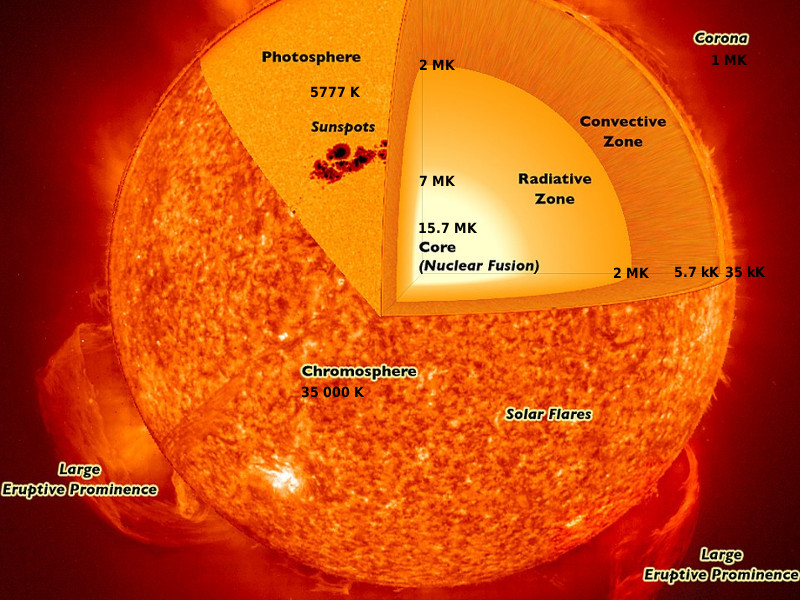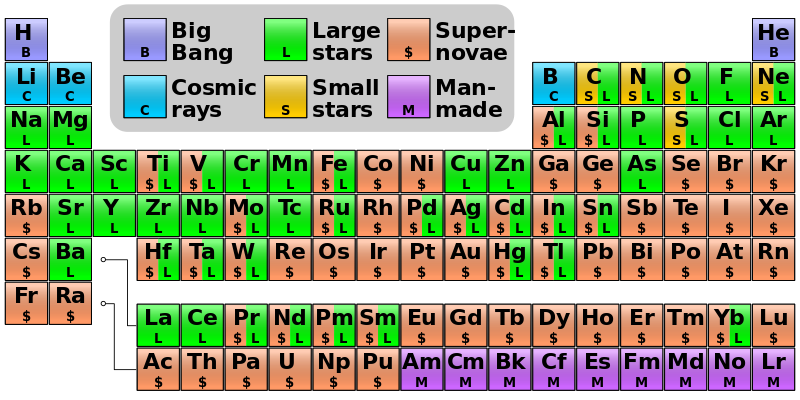
![[M↓]](../../images/markdown.transparent.png) Markdown, makefile
Markdown, makefile Effective SSNe from fo,F2 Measurements,
Effective SSNe from fo,F2 Measurements,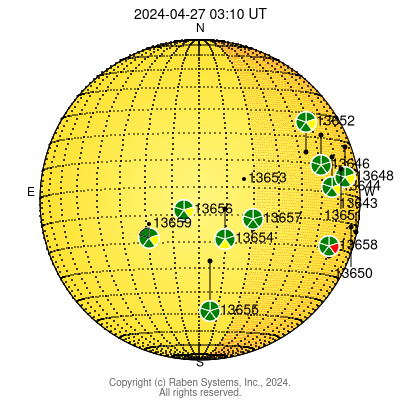 Solar Active Regions Earth- and Far-Side
Solar Active Regions Earth- and Far-Side Strength & ETA of Far-Side Active Regions
Strength & ETA of Far-Side Active Regions Sunspots Increase Ionisation & Trigger X-Ray Flares
Sunspots Increase Ionisation & Trigger X-Ray Flares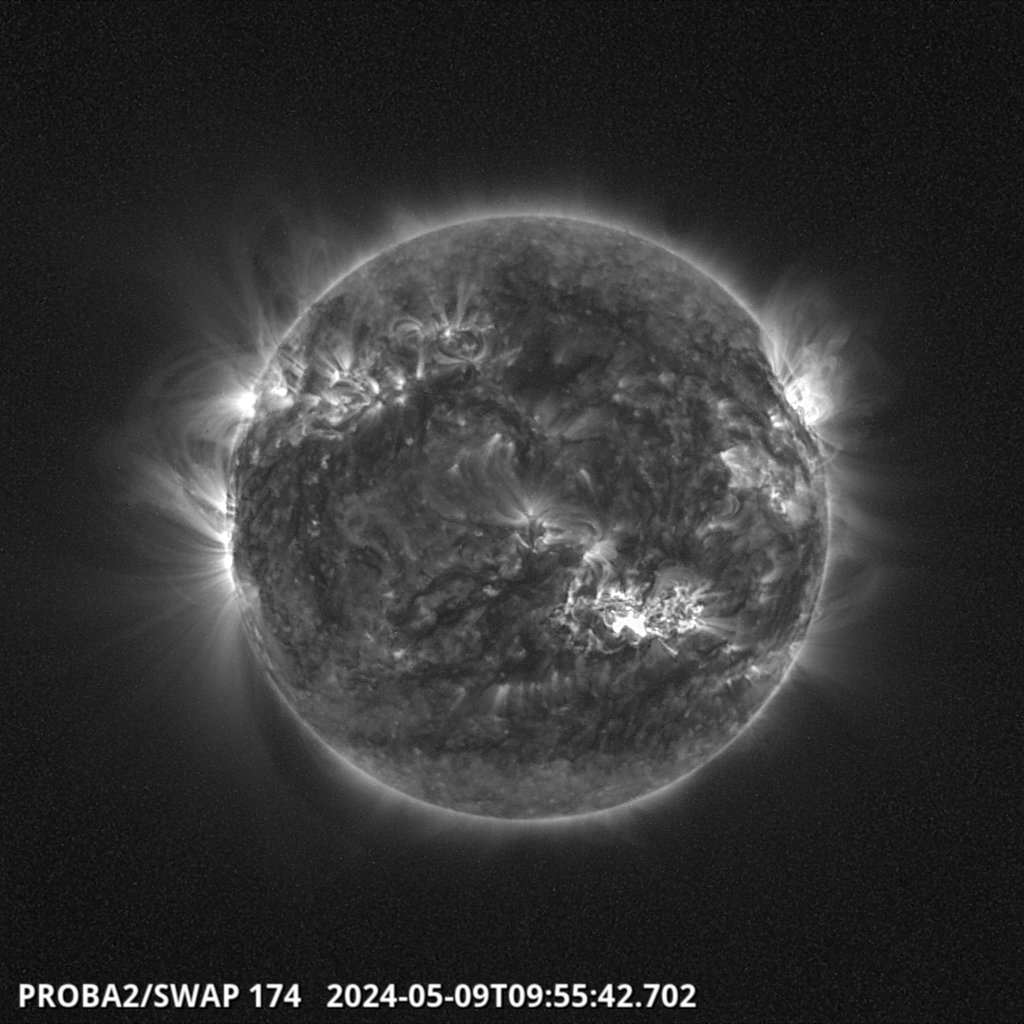 Magnetic Classification of Sunspots at 17.4 nm
Magnetic Classification of Sunspots at 17.4 nm Solar Terrestrial Activity Report
Solar Terrestrial Activity Report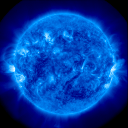 Real-Time
Real-Time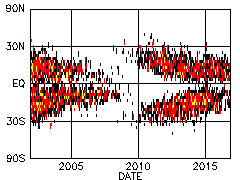 Sunspot Butterfly Diagram
Sunspot Butterfly Diagram EISN Estimated International Sunspot Number
EISN Estimated International Sunspot Number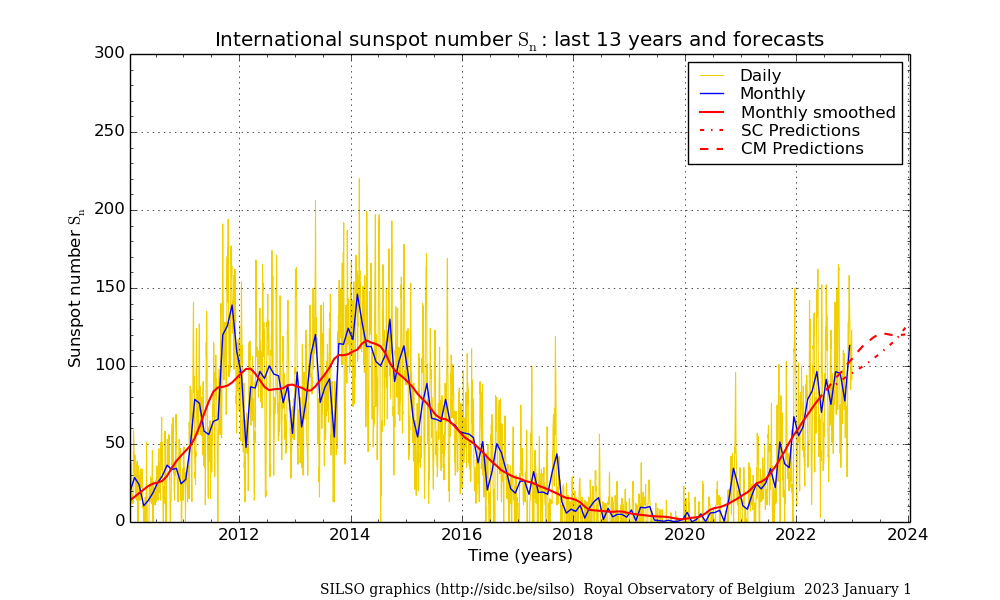 Sunspot Number History &
Sunspot Number History &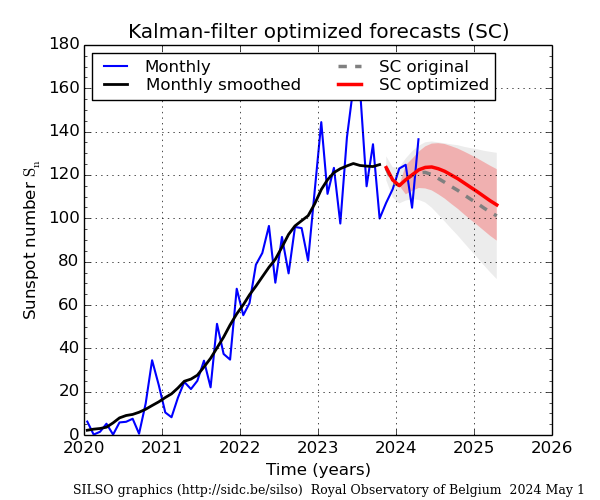 Cycle Progression and ISES «Consensus» Forecast
Cycle Progression and ISES «Consensus» Forecast 10.7 cm Radio Flux Proxy of Ionisation
10.7 cm Radio Flux Proxy of Ionisation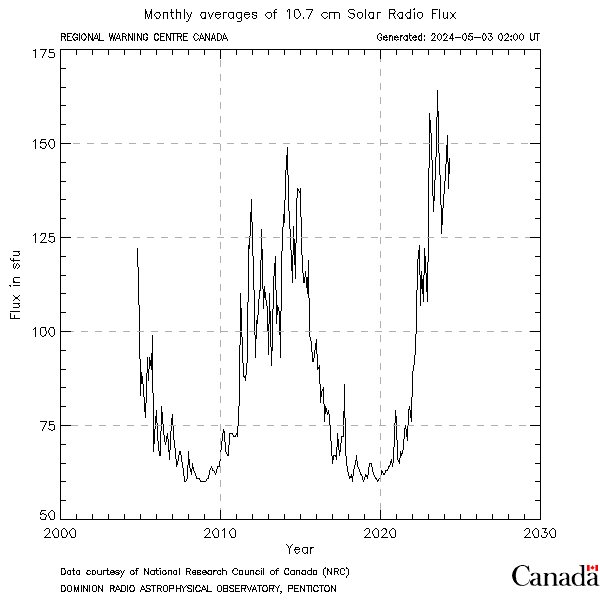 10.7 cm Radio Flux Progression
10.7 cm Radio Flux Progression 10.7 cm Radio Flux 27-Day Outlook
10.7 cm Radio Flux 27-Day Outlook 10.7 cm Radio Flux USAF 45-Day Forecast
10.7 cm Radio Flux USAF 45-Day Forecast Sunspot &
Sunspot & HF Propagation Overview
HF Propagation OverviewTODO
Localised heliomagnetic field concentrations push away the Sun’s convection cells, revealing spots of the cooler photosphere below, called sunspots. Traces of iron in our Sun, produced by a previously exploded star, are concentrated in the strong magnetic fields of sunspots. Iron (Fe) plasma, more than anything else on the Sun, is what emits extreme UV radiation. Eight minutes later, this extreme UV radiation hits Earth’s ionosphere, significantly enhancing its ionisation.
Extreme UV from the Sun gets fully absorbed by Earth’s atmosphere. This and the fact that extreme UV mirrors are hard to build, render direct measurements of extreme UV flux impossible. Instead, proxies of extreme UV radiation are used, such as sunspot numbers and the 10.7 cm radio flux.
